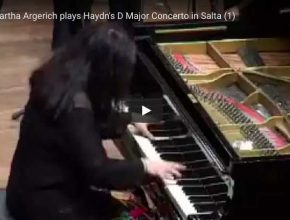
Piano







Liszt – Piano Concerto No. 2 – Khatia Buniatishvili
Franz Liszt wrote drafts for his Piano Concerto No. 2 in A Major, S.125, during his virtuoso period, in 1839 to 1840. He then put away the manuscript for a decade. When he returned to the concerto, he revised and scrutinized it repeatedly.


